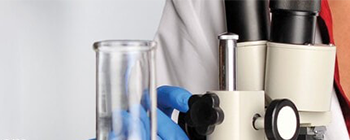Cannabis Quality Control
One moment while we fetch your results ![]()
Quality control procedures typically include any and all testing required to comply with regulations and to ensure that products are safe for human (and sometimes animal) consumption or use.
Currently, cannabis growers and product producers may not be required to perform extensive quality control testing to comply with any legal requirements. Also, proficiency tests are not being used routinely to ensure that tests are performed in specific and reproducible ways.
However, cannabis quality control may include:
- Quantitative testing for heavy metals content
- Qualitative and quantitative testing for the presence of pathogens and other microbials
- Qualitative and quantitative testing for toxins (mycotoxins) from molds
- Qualitative and quantitative testing for the presence of residue from pesticide use
- Quantitative testing for the actual amounts of active and psychoactive compounds (potency)
- Quantitative testing for residual solvents present in products produced from extractions
- Qualitative and quantitative testing for the various terpene compounds
Cannabis quality control may include any or all of the following test activities:
- Sample preparation, staging, and handling
- Weight and moisture content measurements
- Sorting and sieving
- Thin-layer chromatography testing
- Headspace and other gas chromatography (GC) testing
- HPLC and other liquid chromatography procedures
- Mass spectroscopy (MS), GC/MS, and MS/MS methods
- PCR and qPCR procedures
- Microarray testing
- Microbiological cultures and assays
- New test method development and documentation
- Statistical data analysis and results reporting
1 – 30of1132 Results
Please log in to view your contract price information for any cross-referenced items.


